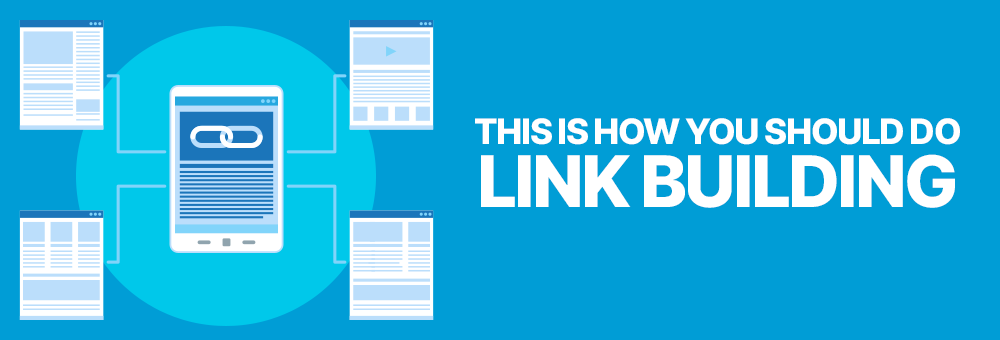I can’t tell you how many times, after acquiring a link, I felt like I had wasted my money.
Many times.
Especially in the beginning, when I didn’t have a clear Link Building strategy and was doing things haphazardly.
There was a moment when, after getting several links for a website and not seeing any results, I started to think it was all pointless.
But over time, thanks to working alongside other SEOs with more experience than me, I discovered that link building does work. Of course, it has to be done correctly.
Outdated guides you can find on the Internet are of little value. Generic posts about backlinks that only encourage you to buy links aren’t helpful either.
That’s why today I’m sharing some of the Link Building strategies that have worked best for me in recent years.
Some are not well-known. At least, I haven’t seen them developed in any blog or website. Others are more popular.
But I can tell you that all of them are very effective and still valid today.
Do you want to learn about them and how to apply them? I’ll explain them below.
What is Link Building in an SEO Strategy?
Link Building is an SEO practice that involves getting other websites to link to yours through an external link, or backlink.
Search engines consider links to a website as a sign of its importance, so they have a direct impact on its ranking.
But a link alone doesn’t mean much. Google is increasingly demanding when it comes to evaluating links and forces us to get quality backlinks.
That’s why past techniques no longer work today, and we must turn to more creative strategies, like the ones I bring you in this post.
5 Link Building Techniques You Might Not Have Considered
As I promised, here are 5 link-building strategies that are a bit different from the usual ideas for getting backlinks that you’ll find in most articles on this topic.
These are techniques based on my own experience, with which I have achieved very good results, and if you analyze them, you’ll see that they simply require applying a bit of common sense when planning where and how to place a link.
1. Take Advantage of New Websites with Upward Trends
One of the most valued aspects when creating a link is that the site where it will be inserted has high popularity.
The higher the authority of a website, the more power it will transfer to us. And if it has a lot of traffic, a large portion of those visits can end up on our page.
However, obtaining these links is very expensive. Their managers are aware of their fame and won’t link to you at an affordable price.
If you browse through some of the most famous link-buying platforms, you can see what I mean. Some websites ask for exorbitant amounts for a simple backlink, even of the nofollow type.

That’s why I tend to prefer smaller websites that are starting to show signs of growth.
If you identify a website related to your niche that is gaining visits month by month, it could be a real goldmine for your business.
It is true that a link on these types of websites won’t have the same immediate effects as a backlink on a major platform. However, if you make a good content proposal to their managers, they likely won’t have an issue accepting it or at least will do so at a much lower cost than the more popular sites.
It is an investment for the future. As the website continues its upward trend, the link will become more valuable and bring more qualified visits to your page.
When it comes to identifying these websites with potential for my Link Building strategy, the first thing I do is locate websites related to my areas of interest.
For this analysis, I usually use the position tracker from DinoRANK. I create a pool of keywords related to a specific topic and review which pages the tool detects as best positioned for that set of keywords.

Another option is to do it through the keyword research module. In that case, I try to select long-tail keywords since it is more common to find smaller sites among the top positions in these searches because they are easier to rank.
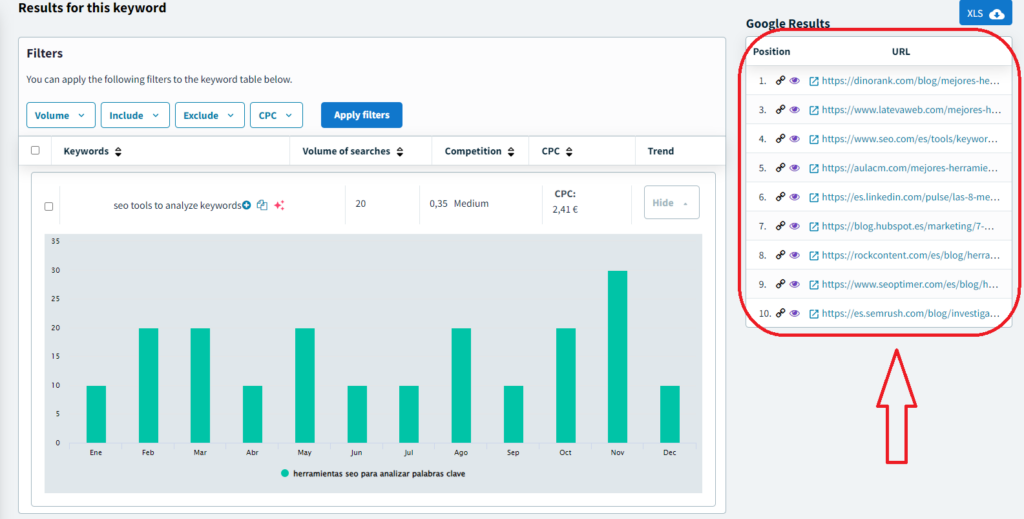
Once we have a list of potential candidates, DinoRANK’s visibility graph will help us see if they are suitable for our link strategy. The curve shows us the growth trend of the website so we can easily see if it is gaining visits or not, in addition to the estimated traffic.

Additionally, we will know the keywords that work best for them. This way, we can decide if it semantically fits with our project or if it specializes in other topics that are not of our interest.
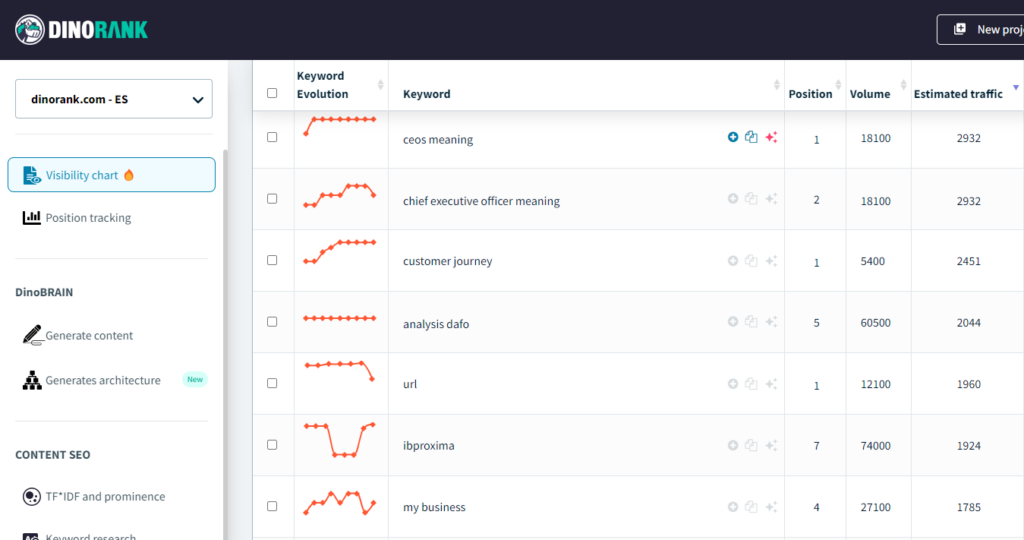
With all this information, we can now decide if it’s worth trying to get a backlink from that page or not.
2. Find Broken Links and Unlinked Mentions
Broken links are a headache for any webmaster. Not only are they errors that can harm a page’s ranking, but they also greatly deteriorate the user experience.
For this reason, if you notify the person in charge of a website about an error in one of their links and also offer a quick solution to the problem, it’s highly likely they will accept your proposal.
This Link Building strategy mainly consists of locating websites related to our topic that have broken links and contacting their authors to replace them with backlinks to our site.
Sometimes, we can discover these broken links while browsing a website. But that’s not usually the case.
Typically, we find them through a detailed analysis of all the URLs on a site. For this, the best tool I know of today is Screaming Frog, which allows us to quickly see if there are any 404 errors in the external links.
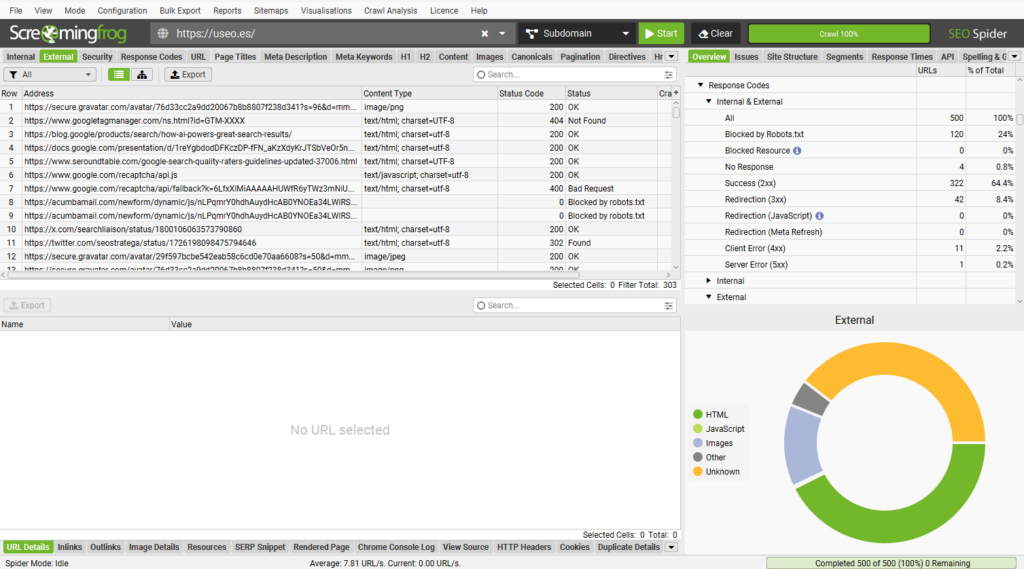
If there are, we should study what information was being linked to and what its purpose was, to create content that more than fulfills that role.
Once we have it, all that’s left is to contact the website owner and propose changing the link destination to our new page.
A variation of this strategy would be to locate mentions of our project made by other websites but where they haven’t linked to us.
The idea is to perform searches with your brand keywords on Google to locate these websites and, if you find any, contact them to request that they include the link.

You can also do this process with your competitors’ brand keywords. By doing this, you might find list articles or comparisons where you also want to be featured.
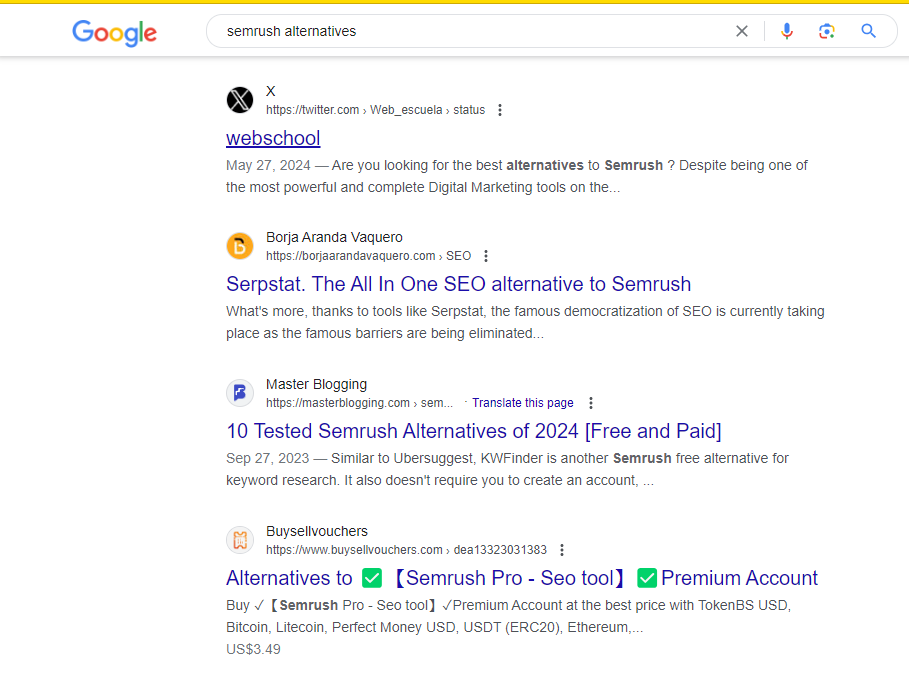
In that case, send an email to the responsible parties and propose an update to the text, providing them with valuable content and information about your project so they can include it.
3. Use forums, blogs, and collaborations to boost your EEAT
A few years ago, backlinks were created in bulk. The more, the better.
At that time, forums and blog comments, due to their free nature and ease of posting, became one of the main sources for placing links.
The forum’s topic, quality, or even language didn’t matter much. What was important was having one more link.
And the truth is that this technique worked. It managed to rank pages in a very short time.
But not anymore. It can even harm you if Google detects that you are trying to manipulate your authority artificially.
However, if used correctly, forums and blogs still have their utility and can help boost your website. Now, we are not so much chasing the link. What we want is to improve our EEAT.
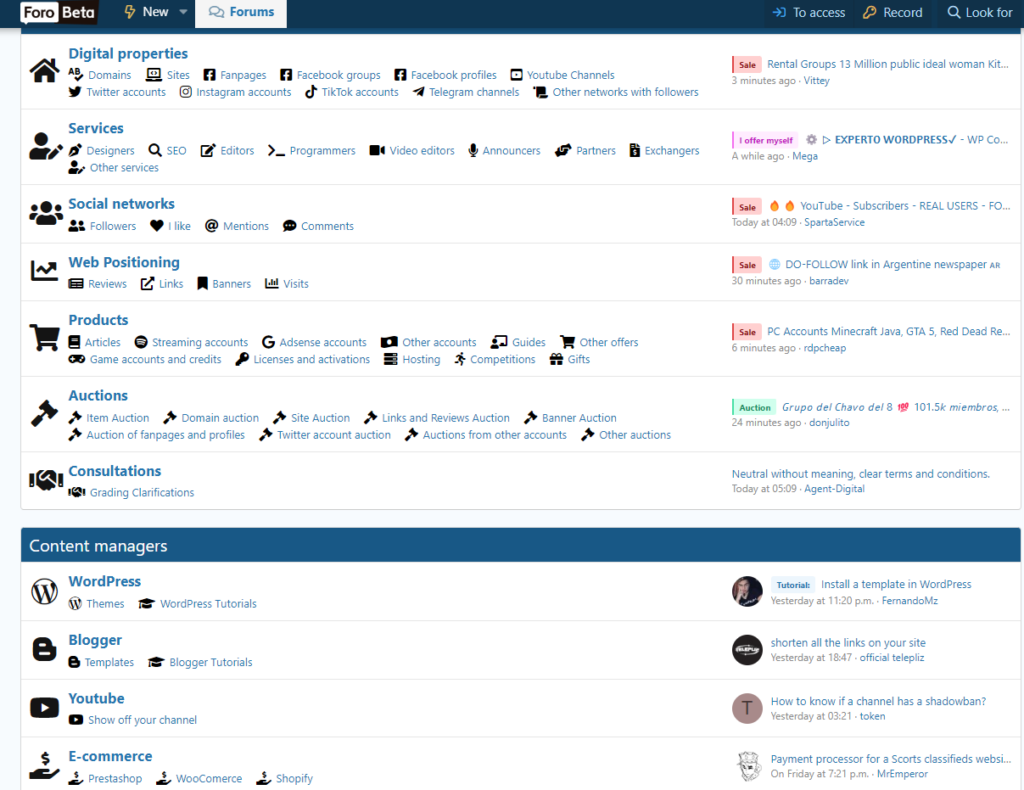
These places are used by many users to ask questions and discuss their problems. By addressing their queries and providing a selfless response that adds value, we will position ourselves as experts in the field and capture their attention.
Additionally, if we can include a link to our website, it will become a significant source of traffic with conversion potential.
It doesn’t matter if the link is nofollow. In fact, many times it’s not even relevant to have a link.
Of course, it’s preferable to have one. But remember that the goal is to gain popularity and be recognized as a brand within a specific niche. Therefore, a simple mention in a forum related to our project with active users is better than a low-quality follow link.
In this line of improving EEAT, there are other actions we can take to be recognized. For example:
- Participate in awards and contests.
- Create guest content on other websites.
- Be interviewed on podcasts and videos.
- Leverage the broadcasting power of social media.
Ultimately, it’s about expanding our presence on the Internet. Sometimes, as a result, we will receive a link; other times, we won’t. But reaching the right users will always offer greater benefits than a backlink lost in the depths of the Web.
4. Ensure your links are a few clicks away from the homepage
I’m sure it’s not news to you that the homepage is usually the most authoritative page within a website. That’s why everything linked from there holds greater importance in the eyes of Google and also users.
Just as stores place their featured products in the aisles or at the checkout line, when you get a link, you want the article in question to be displayed in the most visible part of the website.
The deeper the article is within the site, meaning the number of clicks it takes to reach it from the Homepage, the less link juice the link will pass to our website. It will also be more challenging for search engines to index the page and for users to reach it.
Therefore, when you’re trying to get a link, you should check where it will be placed, as you risk the benefits being rather minimal.
With DinoRANK, you can easily see the internal linking structure of a domain, even if it’s not yours, and get an idea of where the article with your link might be placed within it.
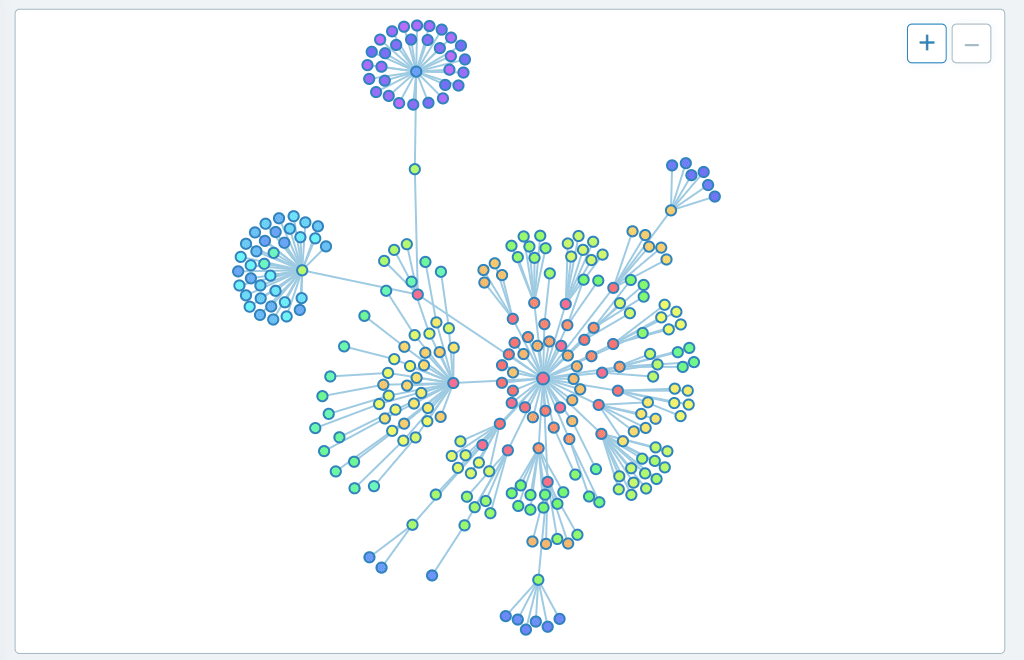
Many websites have a “latest posts” section on the homepage that ensures your article will be directly linked from the home for a while.
However, as more posts are published, that link will get buried and your article will become harder to find.
That’s why one Link Building strategy I like to use involves creating a cornerstone content within a website that I don’t own.
The technique involves creating top-notch articles, like mega-guides or detailed studies on a specific topic. These are very high-quality pieces that the website owner will always want to highlight.
Here is an example of a collaboration by Dean Romero for the blog “Inteligencia Viajera,” which, despite being a few years old, is still just two clicks away from the homepage.
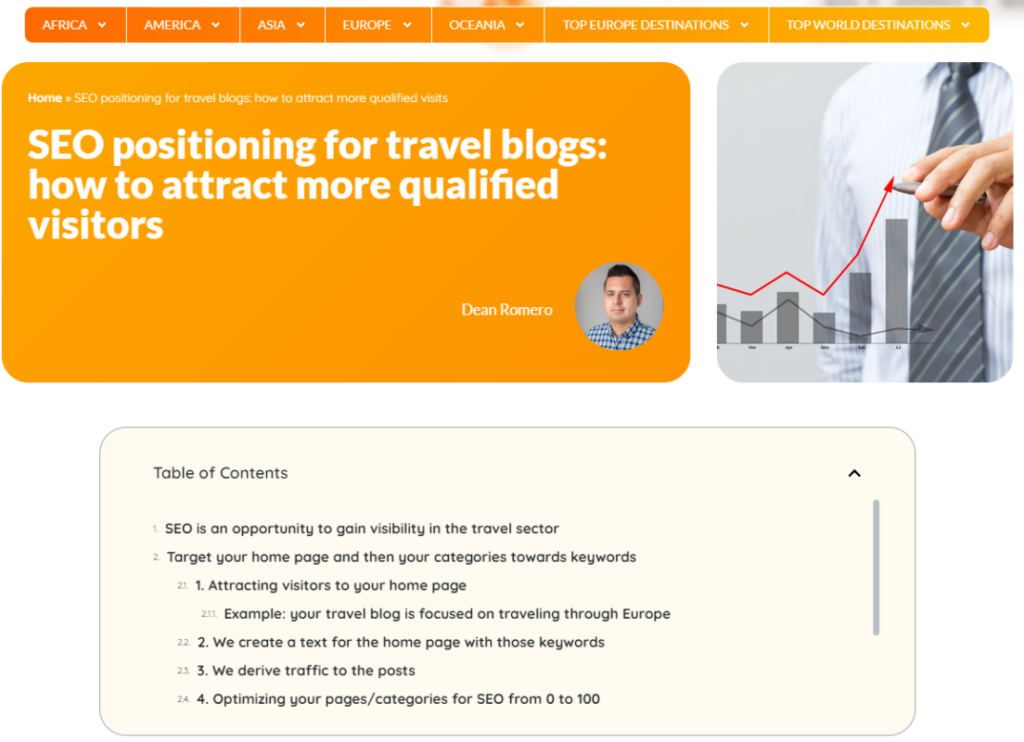
Obviously, you can’t do this with every site where you want to get links. First, because it would be very costly, and second, because the webmaster has to be willing to do it.
But if you manage to create this type of content on websites with high authority and traffic, you can be sure it will have a hugely beneficial impact on your domain.
5. Don’t neglect your internal linking
When we think about link building, we usually focus on the external links pointing to our websites.
But you know what? Internal links are also links. And they are the easiest and cheapest to get since they depend solely on us.
An internal link passes authority between two pages of our website. This way, if a URL receives a backlink from outside, we can distribute that link juice throughout our site in the most convenient way for us through internal linking.
On the other hand, internal links allow us to be more aggressive in using anchor texts. When we are within our site, Google views the use of keywords in anchor texts more favorably, as they help provide context to the link and are not as likely to be seen as a spammy practice.
Additionally, internal links help guide the user through the most important sections of our site, allowing us to naturally direct them to the pages that are most valuable to us from a conversion standpoint.
Therefore, before thinking about any external link-building strategy, I recommend you check if your internal linking is optimized.
You can use DinoRANK to check if the PageRank is properly distributed among all the URLs on your website or if, on the contrary, there are relevant pages that have little to no strength.

The size of each circle shows you the authority of each URL. If you want more details, you can click on each one to discover which specific pages are linking to it.
This analysis should be done frequently, especially as your site grows, to ensure a proper distribution of PageRank within your website.

Some final recommendations for proper Link Building
I wouldn’t want to end this post without sharing some basic tips for an effective Link Building strategy. You probably already know them, but it never hurts to be reminded.
- Focus on traffic, not authority metrics. Scores like DR or AS offered by tools like Ahrefs or Semrush are easily manipulated and are becoming less valuable for ranking purposes.
- Nofollow links or mentions are also useful. As mentioned earlier, the goal is to gain popularity and get your brand recognized. If you achieve this, visits to your site will come naturally.
- If possible, try to rank the article that contains the link. The more results there are in the top positions of the SERPs where your site is mentioned, the more relevant you’ll be to Google within a topic.
- Ensure the anchor text of the link is relevant. This doesn’t mean using the exact keyword, but rather making sure the link text encourages the user to click to learn more about a topic.
- Measure everything you can. Track the ranking progress of the link, gather data on the traffic that comes to your site from it, and observe your site’s trend after acquiring the link. All this will help you draw conclusions for future backlinks.
In short, link building remains a key component of SEO today. Although the rules of the game have changed, having a solid strategy that allows us to build quality external links is still fundamentally important for our site’s ranking.
We’ve seen several Link Building strategies that, when applied correctly, are very effective and long-lasting. I encourage you to try them and observe the results. I’m convinced they will surprise you.

